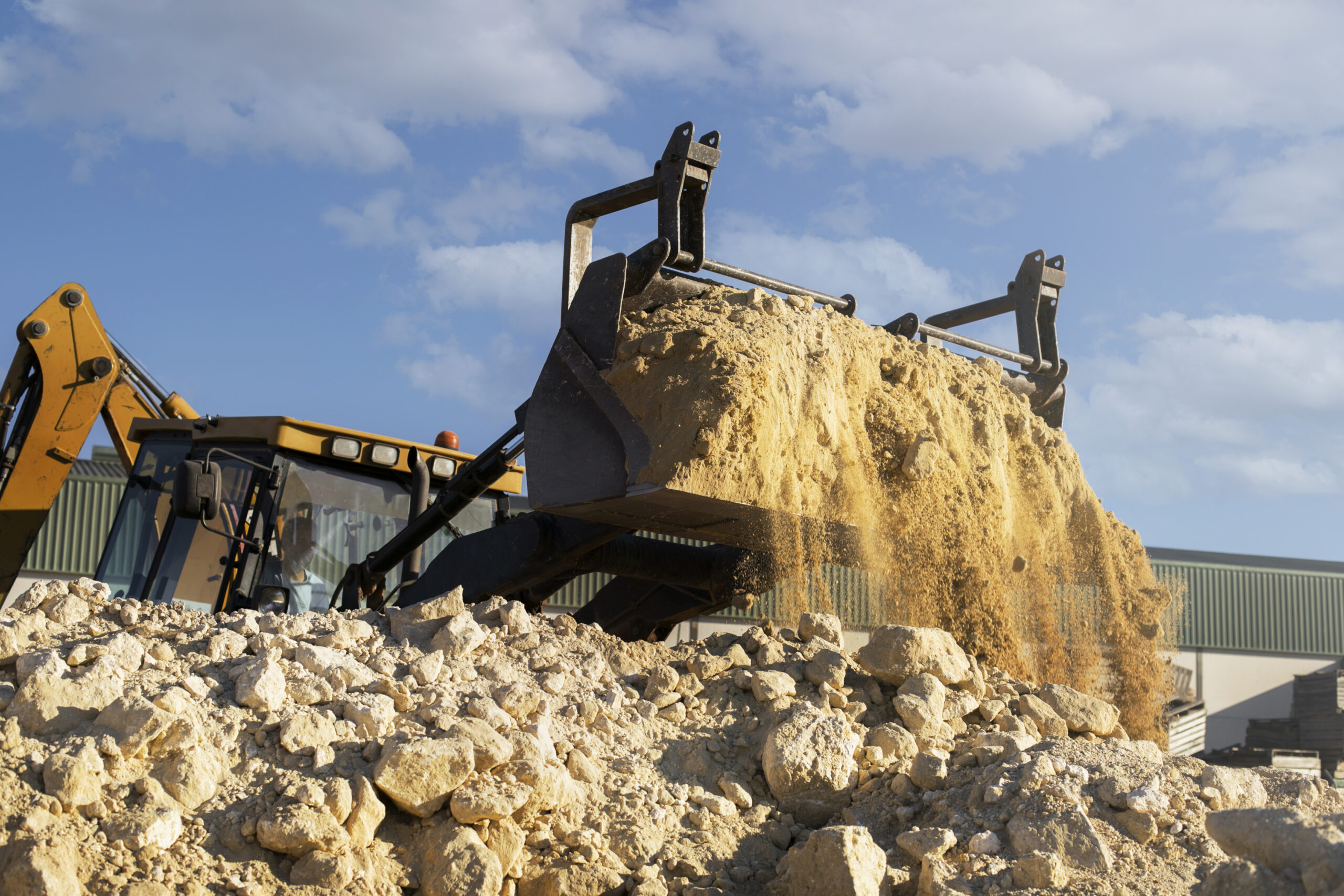In Central Europe, the re-use of construction waste has become a focal point for sustainability efforts, supported by innovative EU-funded projects. These initiatives demonstrate the potential for transforming construction and demolition waste into valuable resources, promoting a circular economy. These initiatives not only promote environmental sustainability but also contribute to economic efficiency and social well-being. Below we introduce some past EU projects which showcase diverse strategies for material recovery and reuse.
BAMB
The BAMB project, funded by the European Commission within Horizon 2020, brought together 15 parties throughout Europe for one mission – enabling a systemic shift in the building sector by creating circular solutions. BAMB is creating ways to increase the value of building materials. Dynamically and flexibly designed buildings can be incorporated into a circular economy – where materials in buildings sustain their value. Instead of being to-be waste, buildings function as banks of valuable materials – slowing down the usage of resources to a rate that meets the capacity of the planet. The project developed and integrated tools that enable the shift: Materials Passports and Reversible Building Design – supported by new business models, policy propositions and management and decision-making models. During the course of the project these new approaches were demonstrated and refined with input from 6 pilots.
Super Circular Estate
Super Circular Estate is an UIA project in Netherlands with strong partnership, including the municipalities of Kerkrade, Landgraaf, and Brunssum, the Stadsregio Parkstad Limburg regional authority, two construction companies, two water management infrastructure providers, two higher education and research institutes, a social housing corporation and advocacy specialists. Its goal was to explore material circularity and reuse options in new construction by ‘deconstructing’ an existing 1968 10-storey apartment block and harvesting its materials to construct three demonstrator homes in the same neighbourhood using different reuse/recycle techniques and using up to 75%-100% of the recovered materials. Demolition and construction took place simultaneously, with the demolisher supplying the building contractor with the materials harvested from deconstruction. Super Circular explored several material and circularity and reuse options for the new buildings via a material inventory bank and developed several new managerial and technological techniques and spin-off construction products (circular concrete, a new type of brick, etc.). The project also aimed at maintaining social cohesion during demolition, relocation and reconstruction processes by involving residents and having the former residents return to live in the new dwellings to preserve local social cohesion.
CINDERELA
Horizon 2020 project CINDERELA, that was active in Slovenia, Italy, Serbia, Spain, Poland, Netherlands, Macedonia, aimed at promoting circular business models in the construction sector, especially by developing and demonstrating a new business model (CinderCEBM) to assist companies in setting up successful circular economy business cases based on waste-to-resource opportunities. The business model is accompanied by a “one-stop-shop” (CinderOSS) service, key innovation of CINDERELA, a digital platform offering all that companies need to know for manufacturing and application of SRM-based construction materials in buildings and civil engineering works, including a Marketplace function where users can buy or sell waste, secondary raw materials (SRM) or SRM-based products, thereby reducing reliance on virgin raw materials and cutting down waste.
ReBirth
The EU’s LIFE programme project ReBirth dealed with Promotion of the Recycling of Industrial Waste and Building Rubble for the Construction Industry. The overall goal of the project was to contribute to a higher rate of recycling construction and industrial waste and their increased use in the construction industry, with the help of promotional campaigns for various target groups and the preparation of five manuals on the following topics:
- for the use of aggregate from the black steel mill slag from electric arc furnaces in asphalt wearing layers,
- for the sustainable demolition of buildings and recycling of construction waste,
- for the sustainable renewal of roadways constructions using the cold in-situ process recycling,
- on the evaluation of environmental impacts at waste recycling in the construction industry based on LCA analysis,
- for the proper cleaning of wild landfills of construction waste and their recycling.
These EU projects exemplify the shift towards a circular economy in Central Europe’s construction sector. By fostering innovative approaches to waste management and resource recovery these projects not only reduce environmental impact but also create economic opportunities. Their success highlights the importance of cross-sector collaboration and digital tools in advancing sustainable development goals.
Article prepared by PP7 POR consult, Project of Sustainable development, d.o.o. (Saša Fluher and Tadej Žurman)
